Hot chocolate is a popular beverage made from melted chocolate or cocoa powder, combined with either heated water or milk is hot chocolate. People often consume hot chocolate in the winter or as a comforting treat.
As reported by Tastewise, over the past year, social conversations that included the topic of hot chocolate increased by 59.82%. In addition, 31.81% of drinkers pair hot chocolate with a cookie whereas, 8.71% pair it with ice cream.
History of hot chocolate
As early as 500 BC in Mexico, the ancient Mayans, a civilization with an advanced understanding of agriculture and astronomy, were one of the first to cultivate the cacao tree. Where they would use a mix of water, cornmeal, and chili peppers. They would mix the drink by pouring it back and forth from a cup to a pot until a thick foam developed and eventually drink it cold.
“Chocolate was a way of life for the Mayan civilization, who revered cocoa as sacred and holy. Although chocolate was used in celebrations and ceremonies, according to History, it was also a common household item. In fact, for some Mayans, cocoa was a component in almost every meal” as noted by History. Both the Mayans and the Aztecs viewed cocoa beans as more valuable than gold. They even used it as currency.
Eventually, in the early 1500s, the explorer Cortez brought cocoa beans and the chocolate drink-making tools to Europe. The court of King Charles V adopted the popularity of the drink as well as the Spanish upperclassmen.
Personal preference
There are multiple ways of making hot chocolate, and depending on the ingredients used, the taste and quality can be different. While I prefer a sweet rich and smooth taste, many people enjoy a more intense flavoring.
However, the topping that can be paired with the refreshing drink is what I enjoy most. Toppings such as whipped cream, marshmallows, and sprinkles is what it can be customized with.
Cultural significance
After much discussion about the beverage, it was recognized that how people drink hot chocolate can be different due to its cultural significance. Some variations add spices, prepare the beans differently or the texture differs.
Colonia high school senior, Jada Powell, explained that her Colombian father drinks hot chocolate, “instead of drinking hot chocolate in a cup, he eats it in a bowl with cheese on top. He also eats it with bread. Outdoors further explains that Columbian Hot Chocolate uses bitter chocolate, cloves, honey and a touch of cinnamon. Colombians enjoy dunking cheese into their cups including mozzarella or even cheese curds so the warmth of the drink melts the cheese.
They use melted chocolate in Spain which gives it a richer, fatter, fuller flavor. This creates a difference between hot cocoa and hot chocolate. It is considered as “More gourmet” and is called Chocolate caliente. Moreover, in Spain, the melted chocolate is so thick they often pair it with churros. Most people in Spain drink chocolate caliente in the morning or as an afternoon jolt. Italians serve their cioccolata calda similar to those in Spain except they dip panettone in it instead of churros.
In the Philippines, they drink sikwate or tsokolate, a chocolate drink, which is processed from beans that are dried, roasted, formed into tablets, boiled and then frothed with a wooden whisk. This process makes it velvety. Milk and sugar are then added if desired. According Tasting Table, “many Filipinos have their very own cacao trees growing in their backyard and process the beans by hand.”
West African Hot Chocolate is typically made with dark chocolate, milk, vanilla, honey, and cinnamon. Rum is added to give it that extra grown-up kick Add some spice to your life or your hot cocoa. Hungarians sprinkle Hungarian paprika, white pepper and ground cloves in their Csoki Lining according to Outdoors. Canadians add maple syrup to their hot chocolate along with cocoa powder, maca powder, and cayenne.
Health benefits
Different heritage isn’t just deeply rooted with hot chocolate. There’s a potential health benefit hot chocolate may have. Antioxidants have been found to help protect the body against free radicals. “According to Cornell University scientists, cocoa has twice the antioxidants of a glass of red wine and three times as many as found in green tea.” Some of the other health benefits include it being a(n): anti-depressant, anti-cancer agent, blood circulation regulator, diabetes preventative.
Hot chocolate can increase brain activity which can aid in helping “treat dementia, but it also prevents the onset of any neurodegenerative disorder” according to Wonderlist.
Finally, hot chocolate provides a moment of indulgence and warmth, and a reason to be with family.



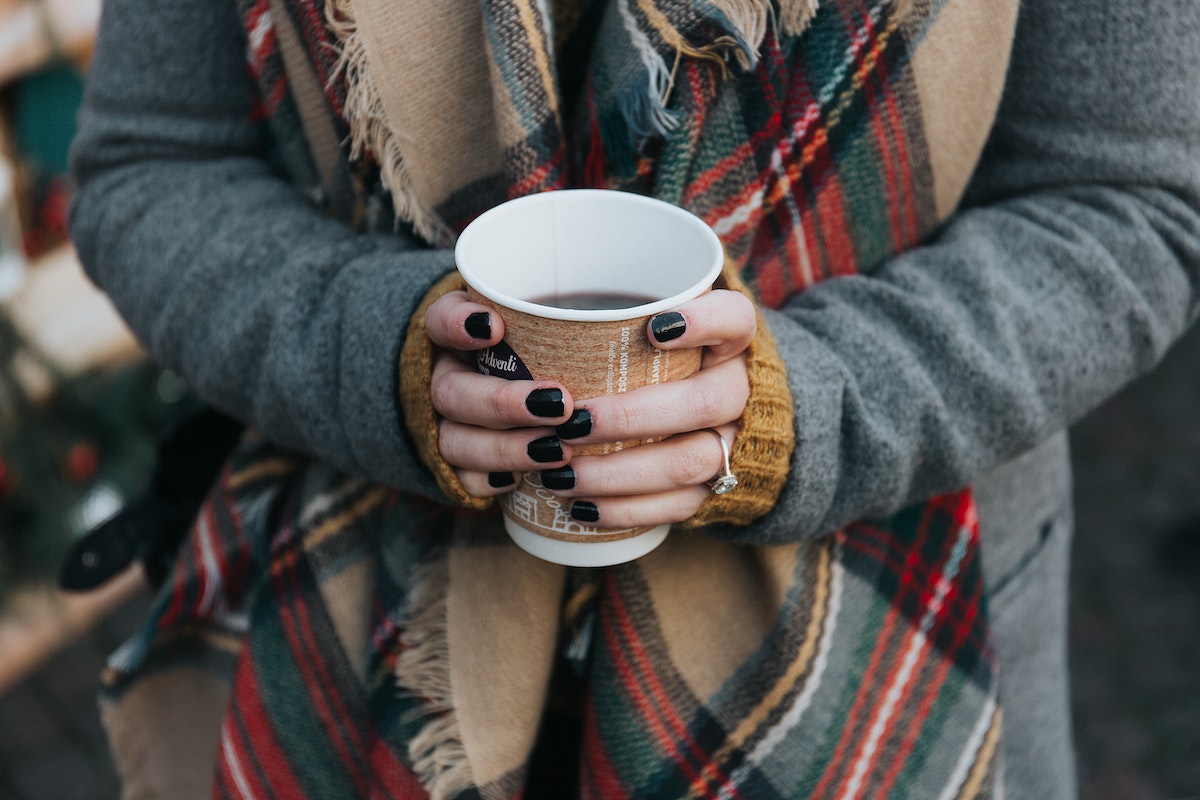
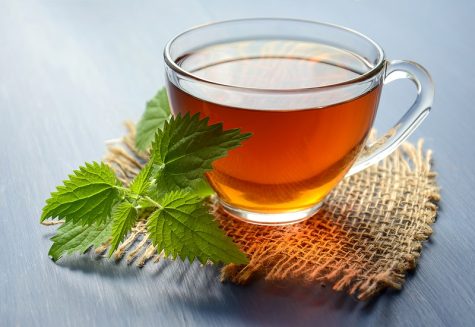
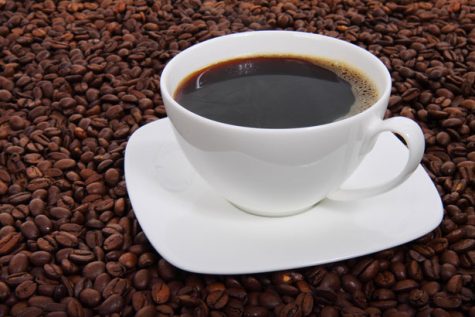
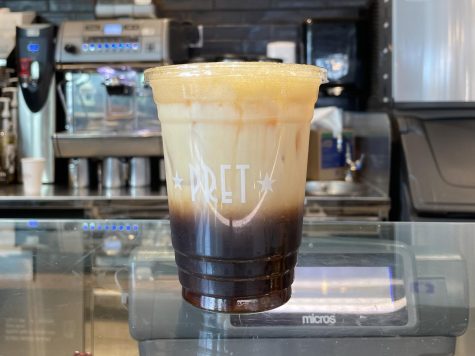
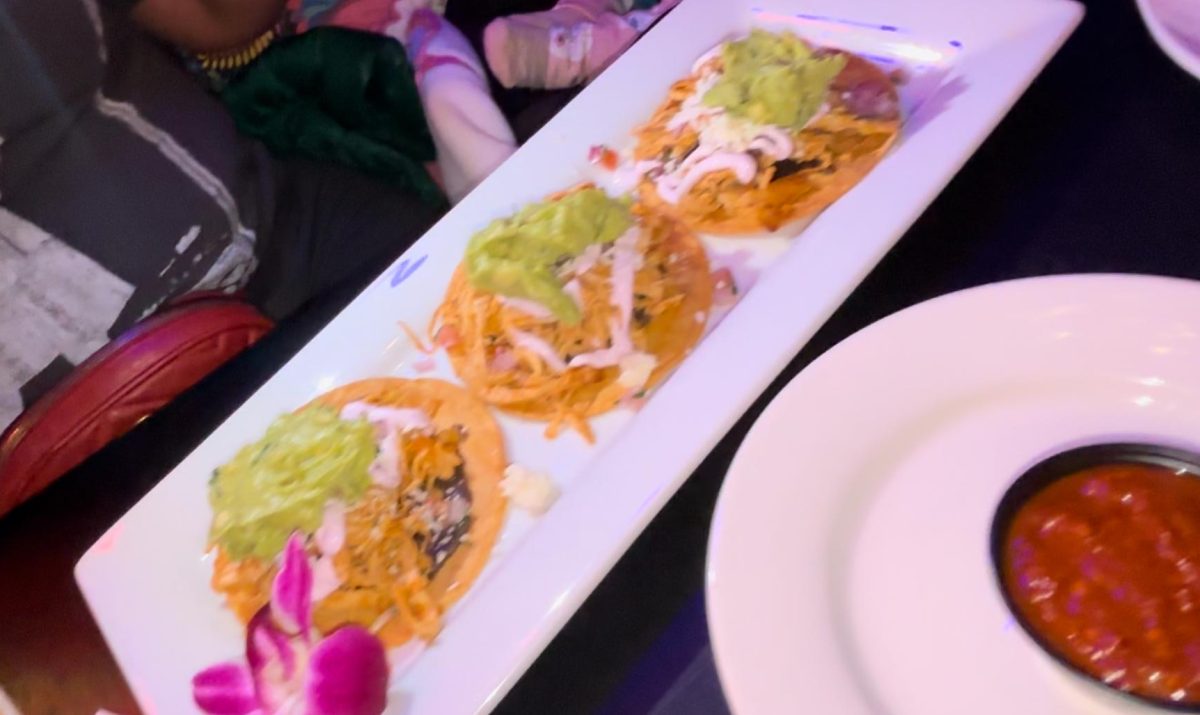
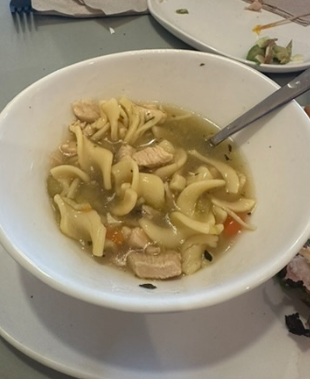
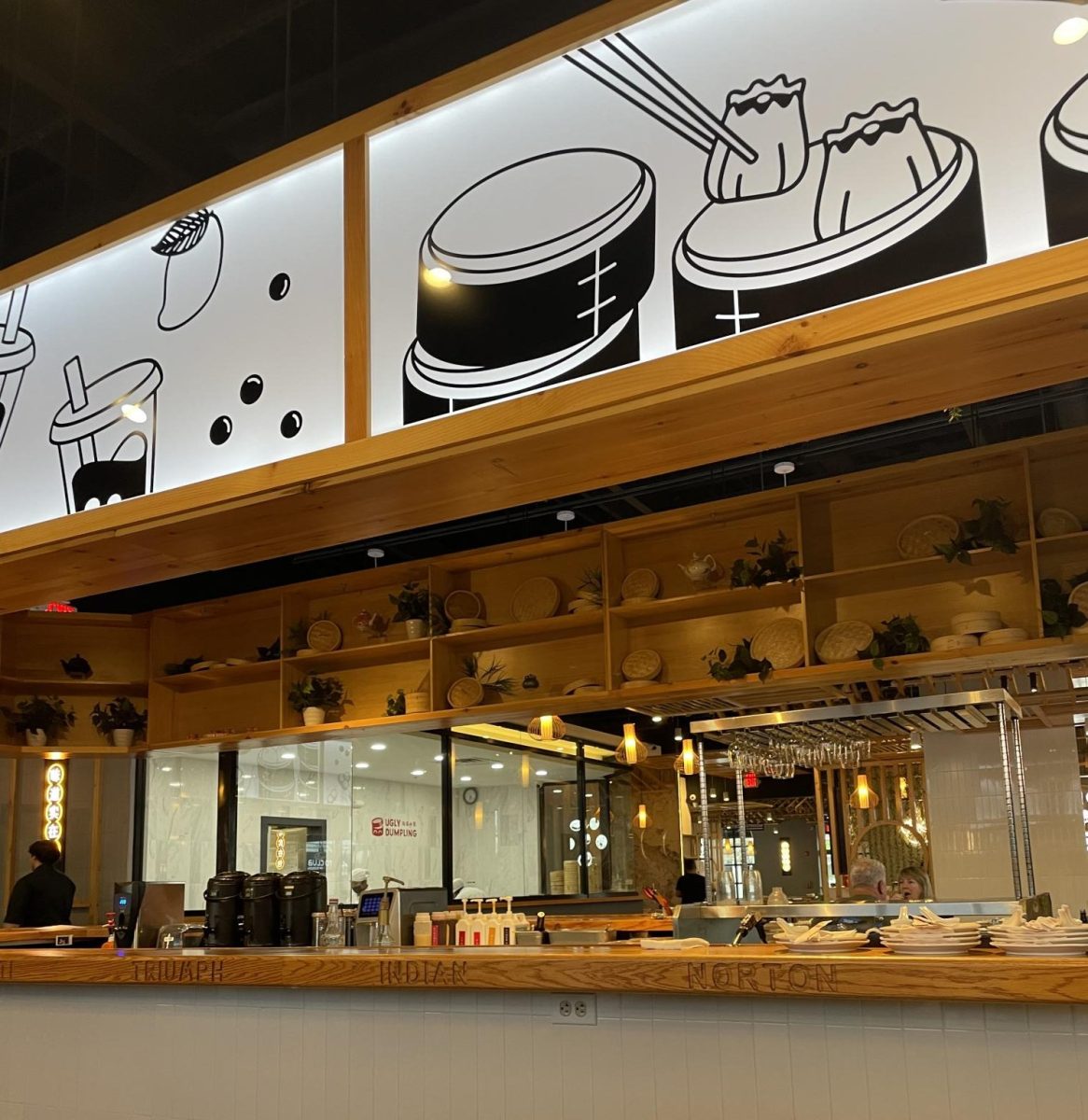
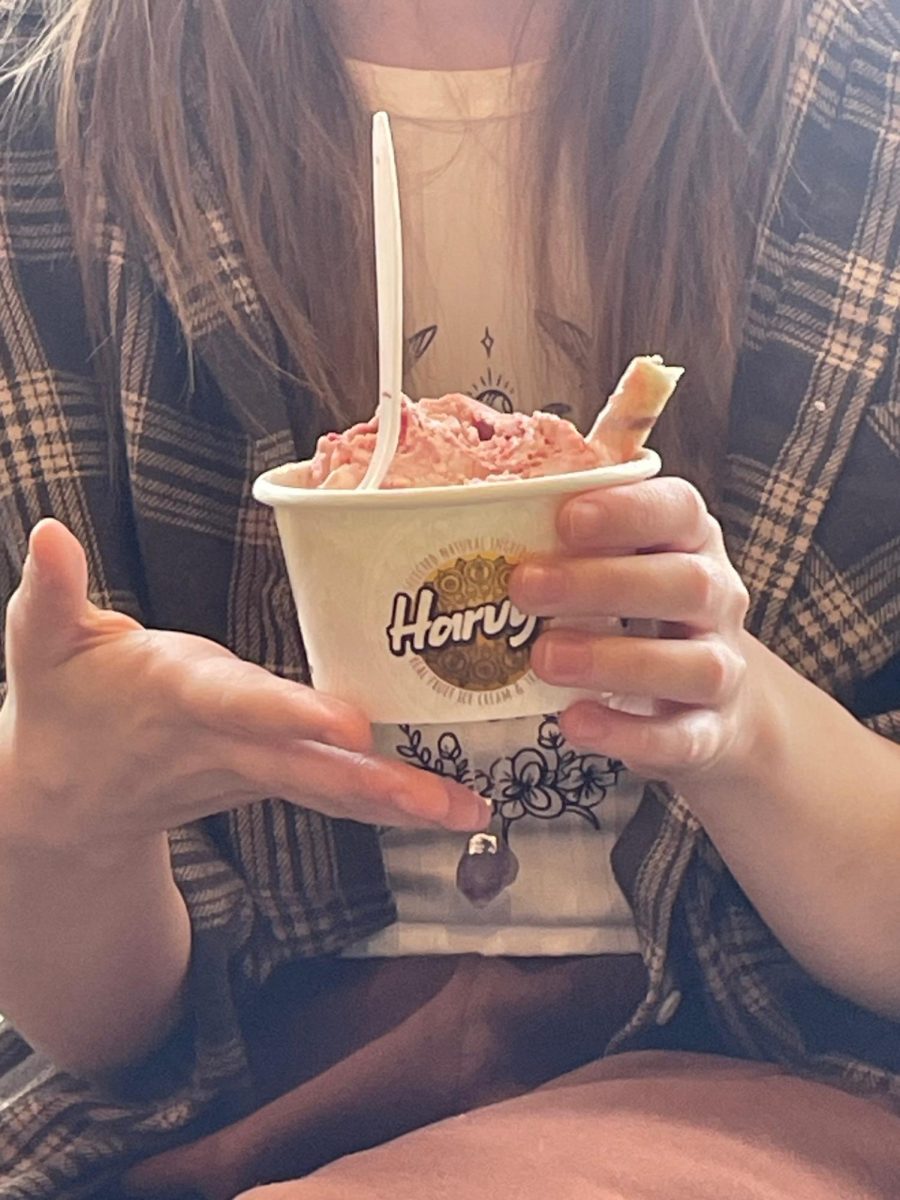
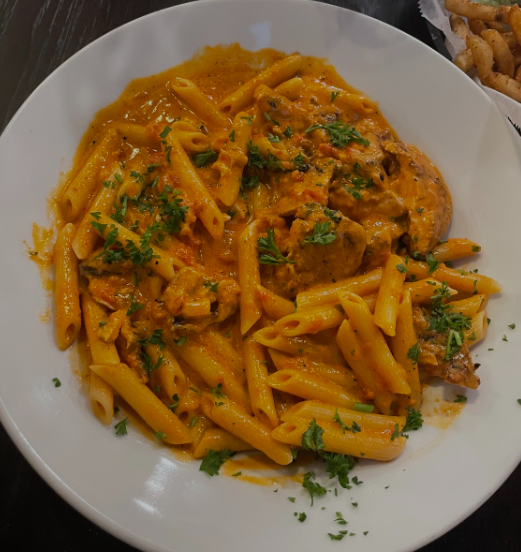
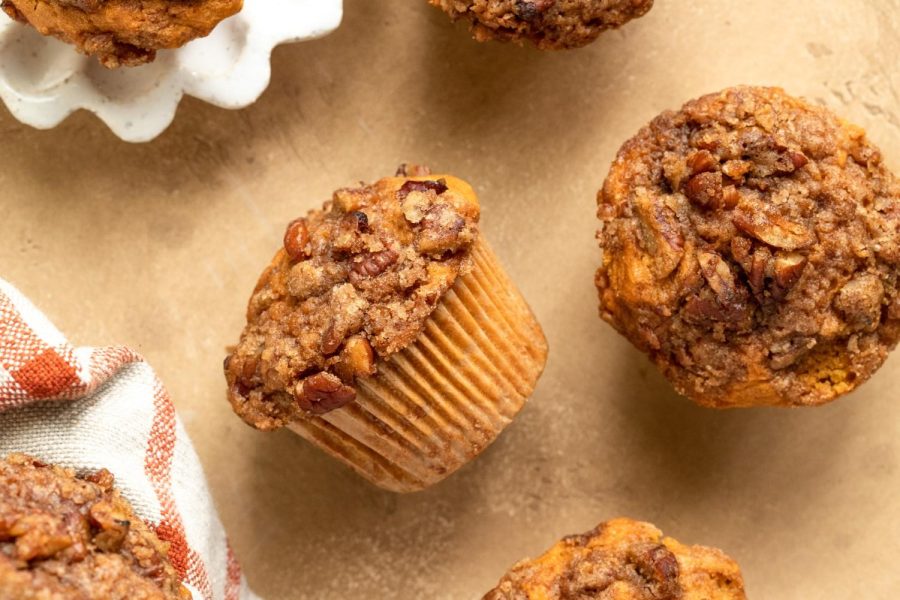

Carolyn Francis • Jan 14, 2024 at 8:29 pm
Great article Jaden Dominguez!
As a long-time fan of hot chocolate and chocolate in general, I still learned new facts about hot chocolate.